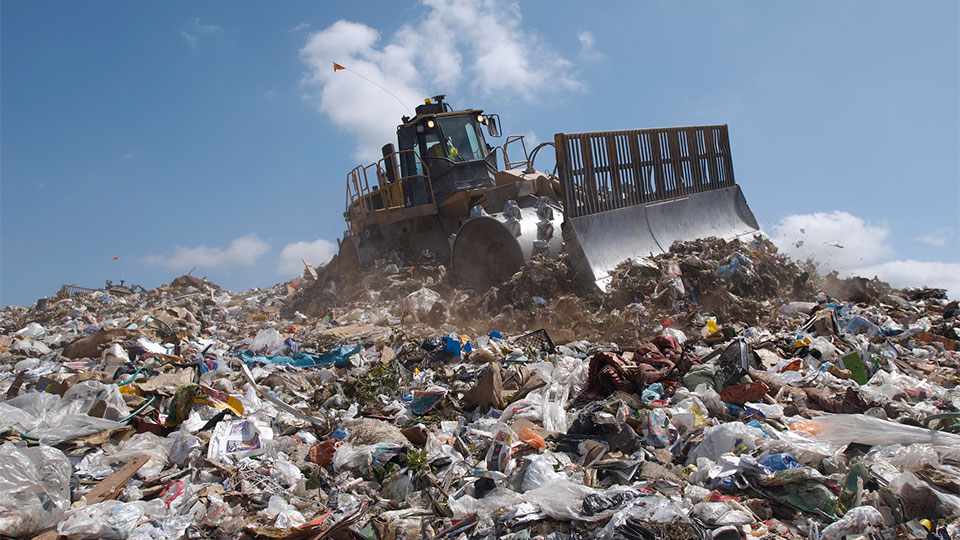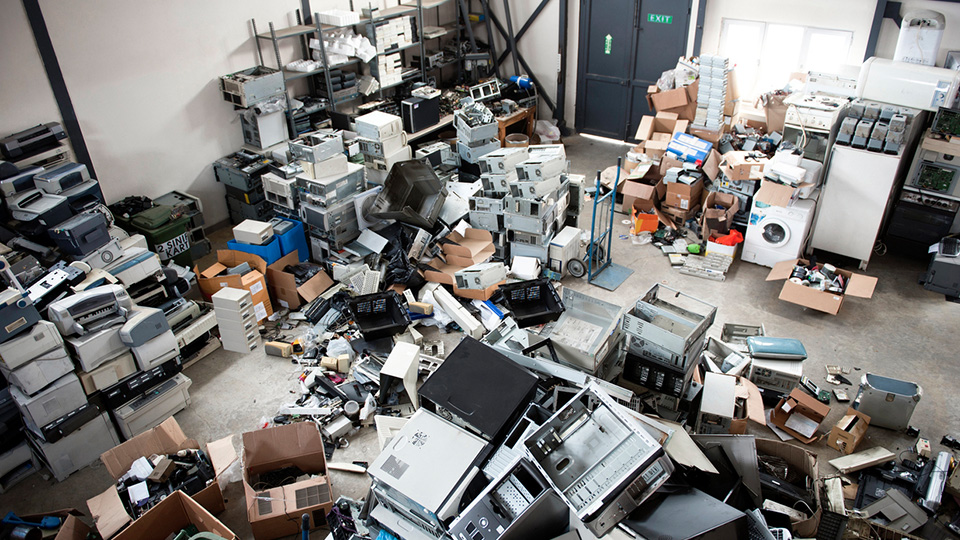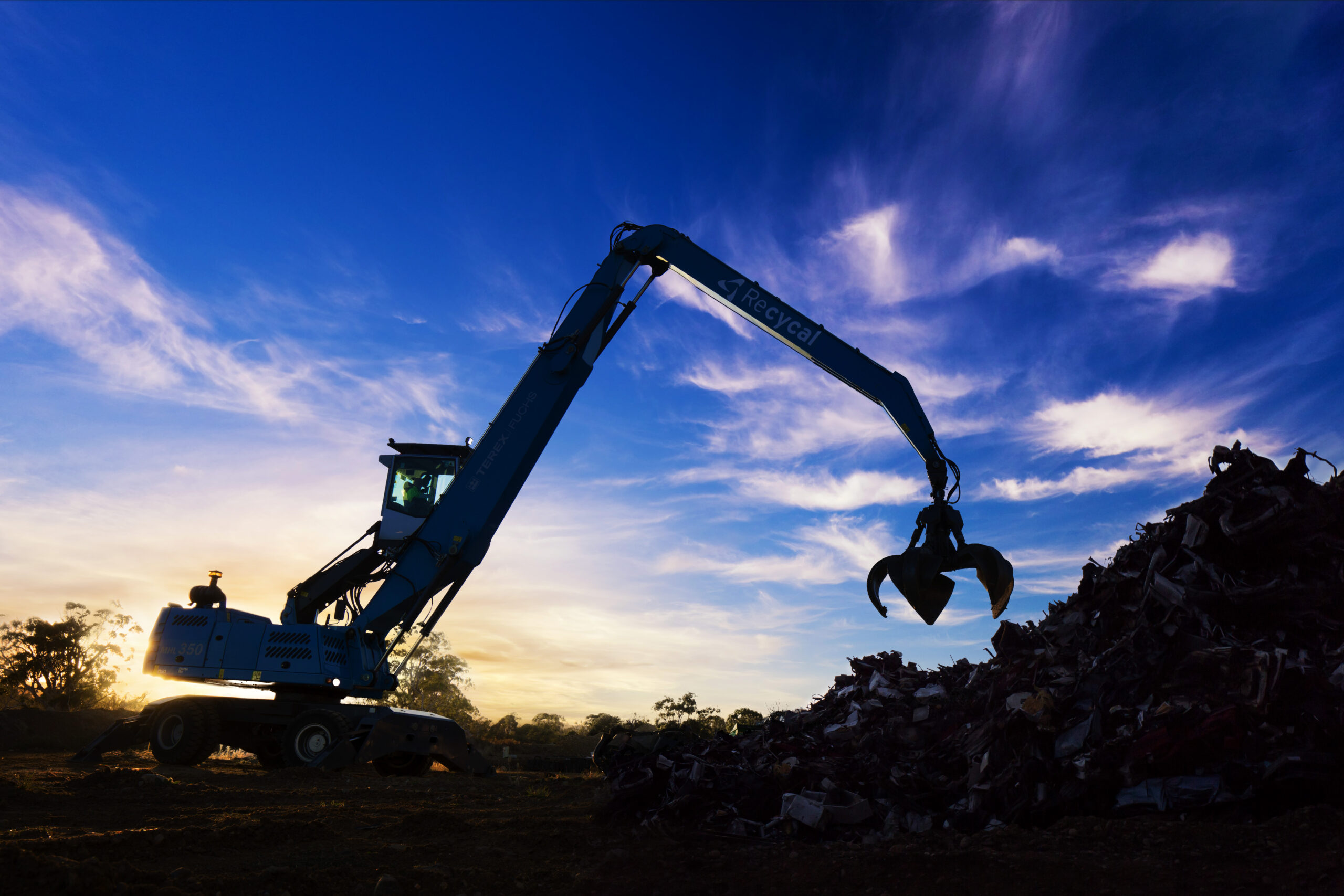What happens to your old light globes after they give up the ghost? Well, it all depends on what you do with them. And depending on the type of light globe, what you decide to do is quite important.
If you are like most Australians, your old light globes will go into your rubbish bin. For older style incandescent light globes that doesn’t present a significant environmental problem. It’s a bit of a waste of the metal and glass they are made from and it adds to landfill volume, but they don’t contain harmful materials.
If, on the other hand, your old light globe is a compact fluorescent lamp (CFL), then how you dispose of it is a far more important decision. That’s because CFLs contain small amounts of mercury, a toxic metal that can contaminate the environment forever and cause Minamata disease.
A Better Way
Don’t like the idea of adding persistent pollutants to the environment? Let’s see what happens to the second light globe.
Through Recycling Near You, you find a collection box in your area. It might be at your local council office, or at a lighting retail store such as IKEA.
Your old fluorescent lamps go into the collection box and when it is full it gets taken to one of our recycling centres. There your lamps are safely crushed under EPA-approved conditions and then separated into their component parts. The mercury, glass, metals and phosphor powder are all recycled for further use. The mercury we recover is used to make dental amalgam, which itself can be endlessly recycled.
So let’s follow the story of two fluorescent light globes.
The Usual Story
The first globe goes into your rubbish bin. From there is gets tipped into a rubbish truck where, even though CFLs are fairly robust, it is likely to get broken. When a fluorescent light globe or tube breaks the mercury is able to escape.
Next stop is the tip. Your light globe gets buried and mixed up with all sorts of other garbage. As long as the landfill remains dry, the mercury may pretty much stays put. But it doesn’t break down and it never loses its toxicity. In fact, bacteria in the landfill may convert it to a much more dangerous chemical, methyl-mercury. It may take a long time, but mercury lasts forever. Eventually it will get washed out of the tip and into the wider environment. From there it can move up the food chain, reaching dangerous levels in some types of fish.
So if you have any old lamps, bulbs or tubes, give us a call or fill out the form below, and together, we will be able to keep mercury out of our landfills and waterways.
So if you have any old lamps, bulbs or tubes, give us a call or fill out the form below, and together, we will be able to keep mercury out of our landfills and waterways.





